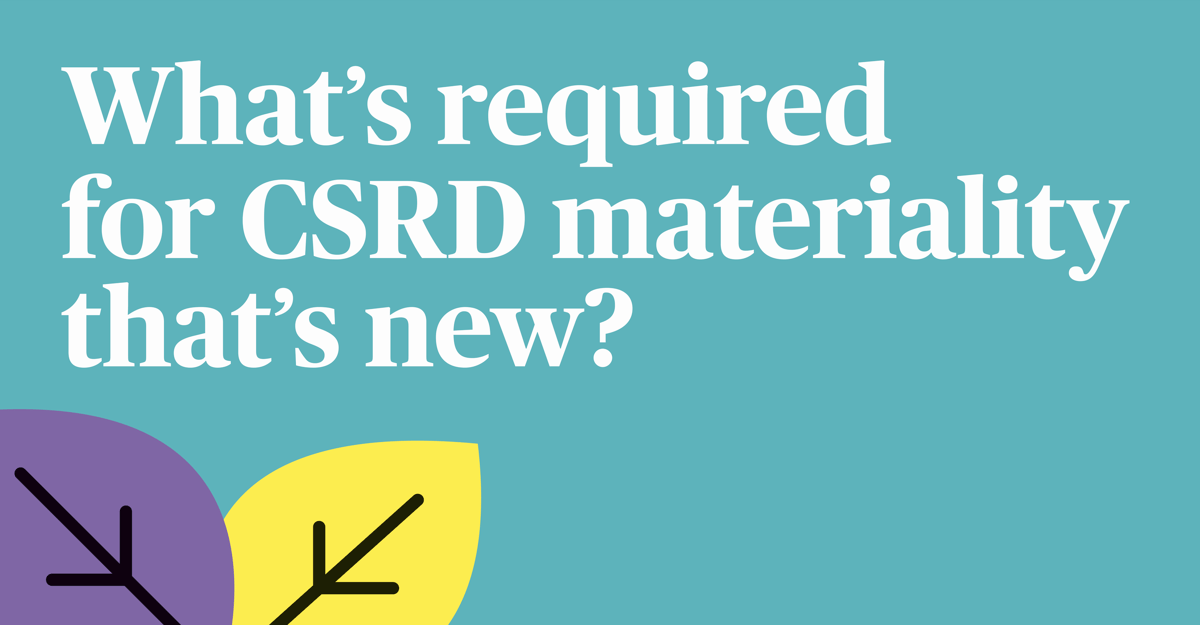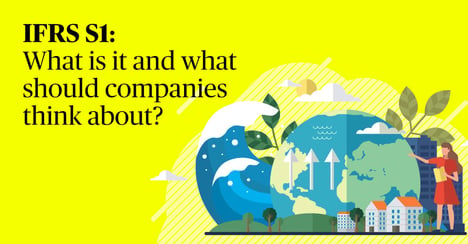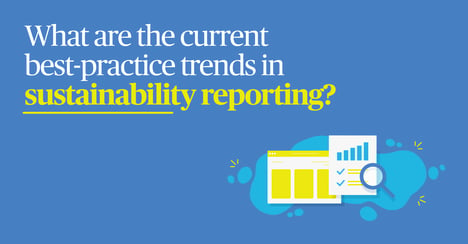In doing so, the new regulation aims to help fill the gaps in existing sustainability reporting. As a result, it asks for substantially more granular information to be reported about a company’s material sustainability impacts.
Depending on the robustness of your previous approach, some companies may find themselves on a firm foundation, whereas other companies may find that the best way forward is to start anew.
- A detailed value chain mapping process
The CSRD requires that a company report material risks and opportunities not only related to its direct operations, but also to its upstream and downstream value chain, including its products and services, its business relationships and its supply chain. This builds on the stakeholder mapping approach that may be familiar to GRI in-accordance reporters. To comply with CSRD, the materiality assessment should focus on identifying material impacts in the value chain, considering hotspots and key dependencies.
- More granularity around the impacts collected at the research phase
The new EU regulation requires double materiality assessments to identify and analyse sustainability-related impacts, risks or opportunities through European Sustainability Reporting Standard (ESRS) 1 mapping and sub-sub-topic-level analysis. This is a more detailed examination of specific impacts and opportunities within potential material topics than most reporters will be used to.
- A more specific and longer scoring process
When companies report information, the CSRD requires them to use clear rules and either number-based or descriptive measures to figure out which of their present and possible future impacts are material and important enough to report. Thresholds must be determined and used in the scoring process.
- The double materiality assessment must be auditable
This means more detailed documentation must be kept throughout the process, enabling an auditor to review the entire process and assessment. This includes review of data, consideration of both impact and financial materiality, and thresholds.
How can reporters get started?
For those in scope or coming into scope, we recommend conducting a CSRD-aligned double materiality assessment and ESRS gap analysis to identify areas you need to address. For this, we suggest the earlier the better. We then advise establishing a plan for filling the gaps ahead of your required reporting, such as carrying out training and determining new data collection processes. As sustainability reporting is a journey, from there you can then gradually increase the amount of data and disclosures being assured year on year.
How can Luminous help?
Whether you are a first-time reporter or have conducted materiality assessments before, new Environmental, Social and Governance (ESG) frameworks and regulations are changing the way companies need to think about and conduct these assessments. Luminous has a proven track record delivering top-tier materiality assessments, reporting and communications solutions. We won ‘Most Meaningful Use of Materiality’ at the Strategic Comms Awards for our work with Severn Trent for two years running and are known for providing bespoke support to businesses who would like to work with a boutique partner.
If you need help thinking about conducting a CSRD-aligned double materiality assessment, please get in touch with sarah.roper@luminous.co.uk




